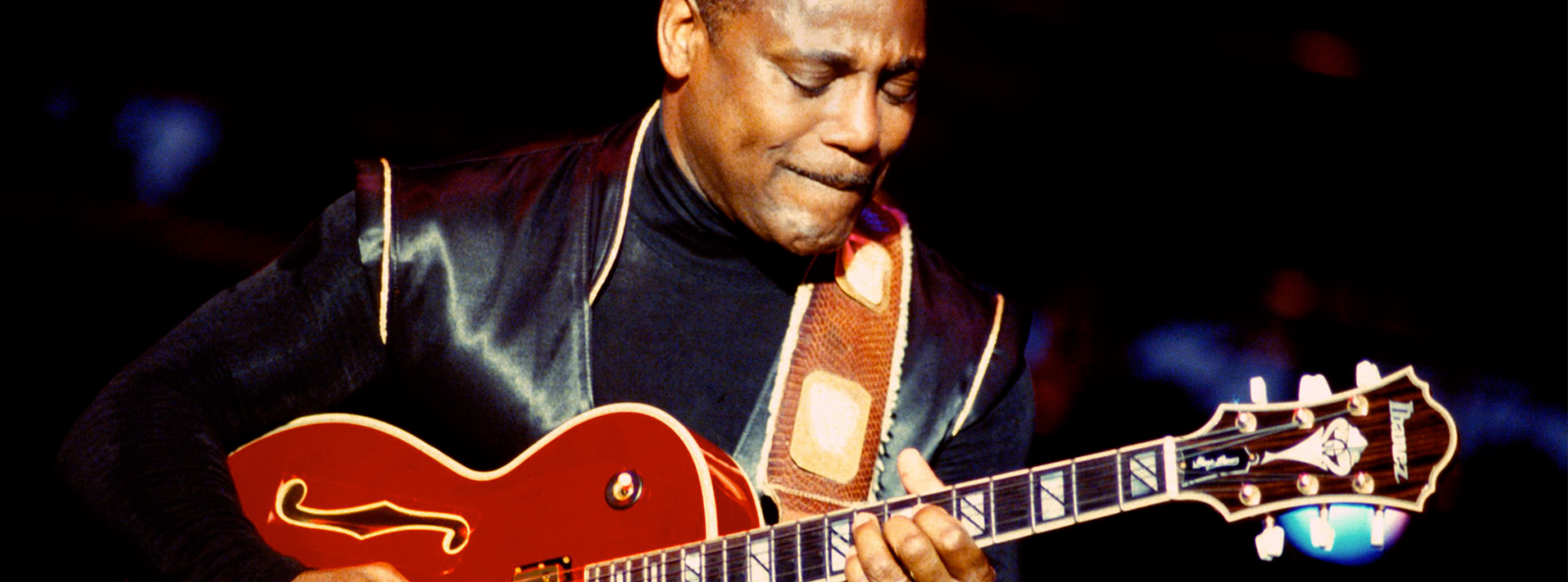"Stagefright" by Def Leppard: Guitar Lesson
Introduction
Ah, Def Leppard's "Stagefright"—a song that kicks off with ferocious energy and never lets up. Featured on their groundbreaking album, "Pyromania," this track showcases a melodic hard rock sound that was revolutionary for its time. Sam Bell delves into the song's guitar work, which is helmed by the duo of Phil Collen and the late, great Steve Clark.
Chord Progressions and Scales
The main chord progression of the song is simple but effective: [E5 - A5 - B5]. This progression can be seen as originating from the E Mixolydian scale. Notice the strong cadence to B5, making the song feel upbeat and resolute. The foundation of power chords—root and fifth—gives it a rock-solid character without cluttering the harmonic space. This allows the lead guitar to layer melodies and solos without harmonic conflict.
The scales used in the lead lines are predominantly the E minor pentatonic and E Mixolydian. The pentatonic provides that rock 'n' roll, bluesy flavor, while the Mixolydian keeps things energetic and optimistic.
Lead Guitar Work
Phil Collen
Phil Collen's style is a mix of melodic expressiveness and technical precision. He often employs legato runs and tapped harmonics, skills he honed over years of playing. His work in "Stagefright" is primarily complementary, offering textural layers that serve the song without overshadowing it.
Steve Clark
Steve Clark, on the other hand, brings raw emotion. His lines often venture into blues territory, combining minor pentatonic runs with a sense of longing. In "Stagefright," Clark showcases his extraordinary ability to convey emotion, often using unison bends to capture the song's urgency.
Solo Analysis
The guitar solo in "Stagefright" is a short burst of melodic prowess and technique. Kicking off with an ascending run in E minor pentatonic, the solo moves into a series of string bends, capturing the essence of rock 'n' roll. A notable part of the solo includes double-stop bends, where two strings are bent simultaneously—this produces a richer, fuller sound. As the solo progresses, there's a quick dive into legato phrasing, which demonstrates the command both guitarists have over articulation. Finally, the solo concludes with an arpeggiated rendition of the E Mixolydian scale, giving a nod to the song's overall harmonic landscape.
The ability to blend all these techniques seamlessly is a testament to the duo's virtuosity. While the solo is not overly long or complex, it manages to encapsulate the vibe of the entire song.
Techniques Used in "Stagefright"
- Vibrato
- Alternate Picking
- Legato
- Tapped Harmonics
- Double-Stop Bends
- Unison Bends
- Chord Progressions
- Arpeggios
- Pull-Offs
- Power Chords
In closing, "Stagefright" offers a treasure trove of techniques and melodic ideas that can serve as a mini-masterclass for any aspiring guitarist. Its blend of raw energy, technical proficiency, and melodic sensibility make it a must-study for players looking to understand the craft behind legendary rock guitar work.

About The Tutor
Tutor Profile
Sam Bell
Sam Bell has been playing guitar from the age of 4, since then he has played many styles from Funky Blues to screaming Metal/Fusion on 8 string guitar. A member of UK tech metal band ‘Mask of Judas’, he is also currently writing his own solo instrumental album. He also...



